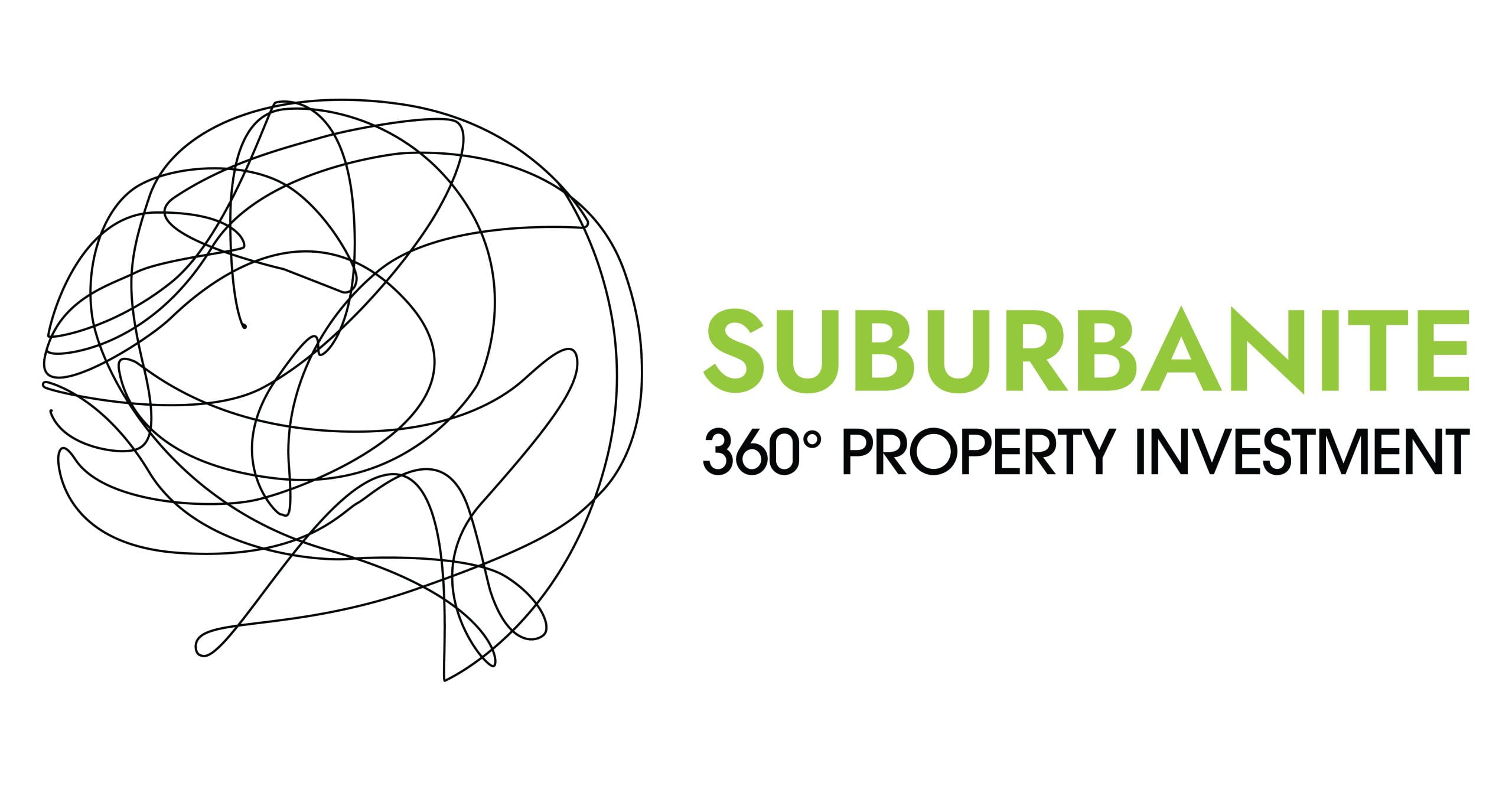- Camping could be the only affordable solution for the average earner
- The gap between housing stress and distress is unserviced
- If you can handle two-bedrooms, there are still options in Sydney and surrounds
I’ve taken a look at the Rental Affordability Index (RAI), released yesterday, and what it really means for Sydney’s renters and prospective house buyers. You’ll want to read this…
BAD NEWS, LET’S GET IT OUT OF THE WAY
Firstly, the most curious part of this data is that the only ‘affordable’ location within Sydney catchment shown on the Rental Affordability Index interactive map is the national parks, where there is no housing! Perhaps that is the key message here, if you want to live and rent in Sydney, and you earn less than $80,000pa you need to pitch a tent and camp to be able to afford it without financial strain.
The report, when looked at in relation to information from the Department of Family and Community Services, does paint a concerning picture for those earning an average salary or less.
What this report tells us if you look at it side by side with government social and affordable housing information, is that if you rent privately in Sydney or surrounds you will likely have housing stress, but if you fall below the line and need government housing or are at risk of homelessness you could be on waiting lists of up to ten years.
So, the housing affordability crisis is real. And if our unwittingly titled ‘smashed avocado’ generation are stuck in one of the country’s most unaffordable rental markets, how can we expect them to save for a home of their own. They are more likely to fall further and further behind.
ON THE UPSIDE, IF YOU’RE HAPPY WITH 2-BEDROOMS…
The good news is that the data reveals that the same $80,000-income family can secure a moderately affordable dwelling in the more southern metro areas like Engadine or Sutherland, or slightly further west at Penshurst, Oatley and Picnic Point if they are happy to secure a two- bedroom property. Interestingly though, there isn’t an overwhelming supply of two-bedroom properties for rent in these locations, where predominantly free-standing houses have been built.
In and around Liverpool, the two-bedroom market starts to become more prevalent and the affordability drops to acceptable ranges. This might explain why more and more families are cramming 3,4 and even 5 people into small 2 bedroom units.
THE OPPORTUNITY FOR INVESTORS
As an investor and a landlord, you need to consider the type of tenant you want in your property. As the affordability crisis worsens we will see an increase in larger families occupying smaller units, as well as share house structures, sub-leasing of rooms, family rooms and the like. This is why granny flats work so well in Sydney but not as well in interstate locations that are not facing such a dire housing affordability crisis.
WHERE TO RENT AFFORDABLY
The RAI report shows that Sydneysiders on an average annual salary of $80,000 pa, just shy of the national average salary of $81,947 according to the ABS, are suffering varying levels of housing stress in the metro areas from Helensburgh and Sutherland Shire, out to Parramatta, Liverpool and up to Hornsby.
The price pressure doesn’t start to ease until you reach as far west as Luddenham and Penrith with a ranking of moderately unaffordable. The market doesn’t become acceptably affordable until you head over the Blue Mountains and reach Bathurst.
This correlated with the migration of Sydney siders to outer locations like Wollongong or Central coast where the rental market becomes only moderately unaffordable for most of the metro areas.
Heading north of Sydney, affordability kicks in from Morisset and continues up through the mid north coast and beyond.
THE HOUSING STRESS CLIFF
According to family and community services, these same affordable locations have waiting lists of 10+ years for government subsidised housing accommodation for social and affordable housing solutions.
These are the types of housing solutions that are in place to assist people in need, at risk of homelessness or experiencing homelessness. These waiting lists are extensive and there seems to be little end in sight. There are some new initiatives from Government to look to provide thousands of new dwellings under the SAHF housing scheme through private providers and NFPs. But this is a drop in the ocean of the issues facing this sector.
